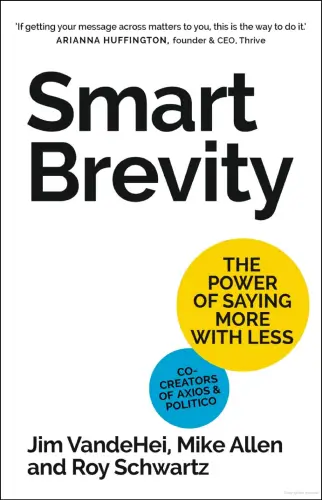
Smart Brevity
The Power of Saying More with Less
What's it about?
Smart Brevity by Jim VandeHei is a book that provides practical strategies and insights for achieving success in your career. With a focus on productivity, the book offers tips on time management, goal setting, and maintaining a healthy work-life balance. VandeHei draws from his own experiences as a successful entrepreneur and journalist to provide actionable advice that can help individuals excel in their chosen fields. Whether you are a recent graduate or a seasoned professional, Smart Brevity offers valuable lessons on how to navigate the challenges of the modern workplace and achieve your career goals.
About the Author
Jim VandeHei is an American journalist and co-founder of Axios, a digital media company. He has a rich background in political reporting, having previously worked at The Wall Street Journal and The Washington Post. VandeHei is known for his insightful analysis and ability to break down complex political issues. He has been recognized for his contributions to journalism, receiving several awards including the prestigious Gerald R. Ford Journalism Prize. VandeHei is widely respected for his deep understanding of American politics and his commitment to delivering accurate and unbiased news.
3 Key Ideas of Smart Brevity
In an era where every second counts and attention is a prized commodity, mastering the art of Smart Brevity has become essential. This innovative communication style is not just about being brief; it's about being powerfully succinct. It's a method that cuts through the noise, ensuring your message isn't just heard but remembered.
Communication in the Digital Age
The digital age has revolutionized how we interact with information. With a deluge of content bombarding us from screens big and small, our attention spans have taken a hit. In response to this shift, Smart Brevity emerges as a beacon for effective communication—concise yet rich with meaning.
At its heart lies the understanding that today’s readers often scan rather than delve deep into texts. They prefer quick insights over lengthy explanations. Thus, Smart Brevity champions delivering core messages swiftly without compromising on depth or value.
Tactics
- Structured Approach: The Smart Brevity framework is a methodical approach to communication, honing in on efficiency and impact. It consists of four main components:
- Tease: This is the hook that grabs the reader's attention. It's a compelling or intriguing statement that piques curiosity without giving away the entire story. For example, a tease could be a surprising statistic or a bold claim that prompts the reader to want to learn more.
- First Sentence: Following the tease, the first sentence dives into the heart of the matter. It's straightforward and informative, ideally encapsulating the core message or news in a clear, concise manner. Think of it as a mini-summary of the most crucial point you want the reader to take away.
- Context (Why it matters): Here, you expand on the significance of the information. This is where the 'so what' question is answered. Providing context involves explaining the implications, relevance, or impact of the story on the reader or a broader audience. It's a crucial element that adds depth and meaning, transforming mere facts into a narrative that resonates.
- Choice to Learn More (Go Deeper): This final component offers the reader an option to explore the topic in greater depth. It could be links to related articles, reports, or data sources. The idea is to empower the reader with the choice to expand their understanding if they wish, without overwhelming them with information in the initial communication.
- Craft Muscular Teases: Use six or fewer strong words to grab attention whether it's a tweet, headline or email subject line.
- Start with Impactful First Sentences: Begin with direct, short sentences that tell something new or important which would captivate your audience immediately.
- Provide Context - Why it Matters: Always explain why your message is significant; this helps provide clarity about its relevance upfront.
- Empower Readers' Choice: Allow readers to decide if they want further details rather than forcing them into lengthy content; make sure what follows adds substantial value if they choose so.
- Incorporate Visuals Sparingly: Use visuals like images or graphs only when they significantly enhance understanding or engagement, keeping in line with the brevity principle.
- Prioritize Active Voice: Write in an active voice to make your content more dynamic and easier to read, enhancing the directness of your communication.
- Use Bullet Points for Clarity: When listing multiple points or ideas, use bullet points to break down information, making it more digestible and scannable.
- Limit Jargon and Technical Terms: Avoid or explain jargon and technical terms to ensure your message is accessible to a broader audience, not just specialists.
- Implement Feedback Loops: Regularly seek feedback on your communications to refine and adapt your approach, ensuring continued effectiveness and relevance.
In conclusion, adopting Smart Brevity means respecting both language and reader alike; it’s about making every syllable count towards leaving an indelible mark on one’s audience—a skill invaluable in our fast-paced world where clarity is king and brevity reigns supreme.
Key Examples/Data
- Business News Article
- Tease: "Tech Giant's Profits Soar Amid Market Challenges"
- First Sentence: In an unexpected turn of events, XYZ Corporation reported a 25% increase in profits this quarter.
- Context (Why it matters): This growth is particularly noteworthy considering the current economic downturn and tech industry struggles, highlighting XYZ's robust business model and innovative strategies.
- Choice to Learn More (Go Deeper): For a detailed analysis of XYZ’s financial strategies and how they compare with industry trends, read our comprehensive report [here].
- Health Update
- Tease: "Major Advancement in Heart Disease Treatment"
- First Sentence: A recent study reveals a new medication that reduces the risk of heart attacks by 40%.
- Why it matters: Heart disease is the leading cause of death worldwide, and this discovery could save millions of lives, marking a significant milestone in medical research.
- Go Deeper: Read more about the clinical trials, patient testimonials, and what this means for the future of heart disease treatment [here].
- Exciting New Partnership Announcement & Upcoming Opportunities
- Tease: "Company X Partners with Industry Leader Y to Enhance Our Product Line"
- First Sentence: We are thrilled to announce our new partnership with Industry Leader Y, a game-changer for our product development and market reach.
- Why it matters: This collaboration means access to cutting-edge technology and a broader customer base, positioning us for significant growth in the upcoming year. It’s a testament to our team's hard work and commitment to innovation, and it opens up exciting opportunities for project involvement and skill development across all departments.
- Go Deeper: We will be holding a town hall meeting next Thursday at 3 PM to discuss this partnership in detail and answer any questions. Additionally, for those interested in contributing to the joint projects, please refer to the attached document outlining the upcoming roles and requirements.
Quotes
- "Brevity is confidence. Length is fear."
- "Smart Brevity is a system and strategy for thinking more sharply, communicating more crisply and saving yourself and others time."
- "You can't rally people around a strategy or an idea if they don't understand what you're saying or zone out."
- "Smart Brevity will make you more efficient and effective at work, a more forceful communicator and more useful and memorable on social media."
- "Smart Brevity is music theory—it gives you logic and elegance. But that magnificent architecture leaves room for... jazz."
Smart Brevity Summary: Common Questions
Imagine being handed a magnifying glass that could zoom into the essence of words, trimming the fat and leaving only the potent core. This is the linguistic adventure that 'Smart Brevity: The Power of Saying More with Less' embarks on. In a world overflowing with verbosity, this book champions the art of concise communication, urging readers to wield words like a scalpel, cutting through the noise to the heart of the message.
The strength of this book is its actionable advice, providing readers with tools and techniques to harness the power of brevity in both personal and professional settings. The examples peppered throughout are real-world and relatable, underscoring the transformative potential of succinct communication. A slight drawback might be that, ironically, certain sections might come across as a tad prolonged in their bid to drive home the point. But, this is a minuscule blemish on an otherwise polished gem.
Navigating the expansive sea of communication guides, 'Smart Brevity' emerges as a lighthouse, guiding those adrift towards clarity and precision. Having soaked in its wisdom, I feel compelled to rate it a commendable 4.5 out of 5. For in a cacophonous world, this book teaches us the art of making our words resonate, loud and clear.
Experience Personalized Book Summaries, Today!
Discover a new way to gain knowledge, and save time.
Sign up for our 7-day trial now.
No Credit Card Needed
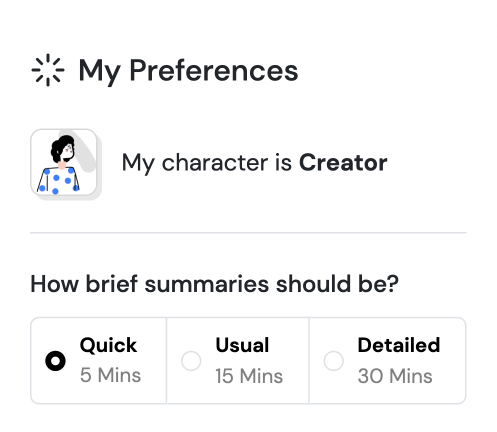
Similar Books
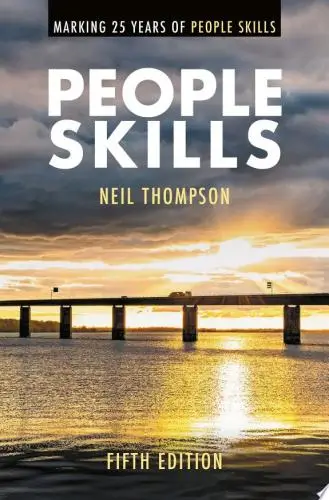
People Skills
Neil Thompson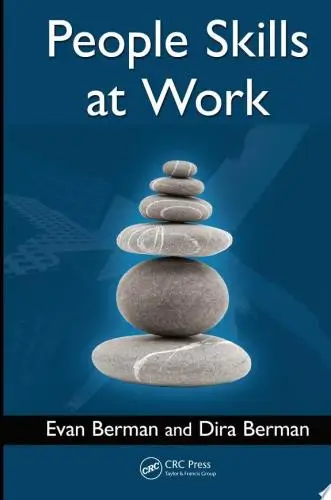
People Skills at Work
Evan Berman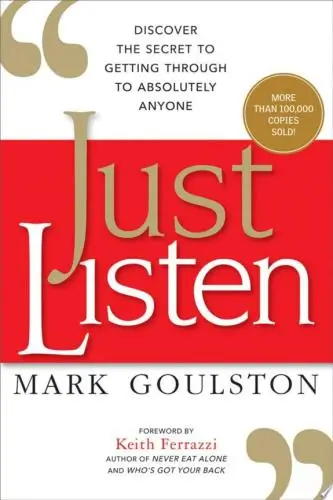
Just Listen
Mark Goulston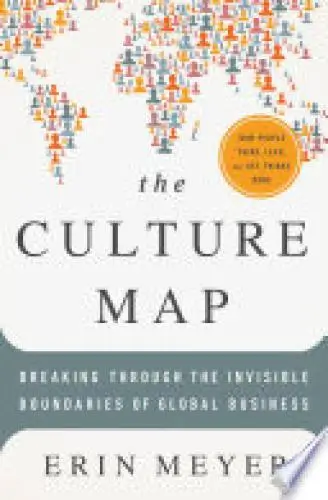
The Culture Map
Erin Meyer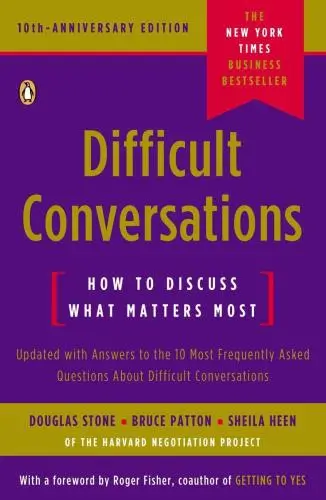
Difficult Conversations
Douglas Stone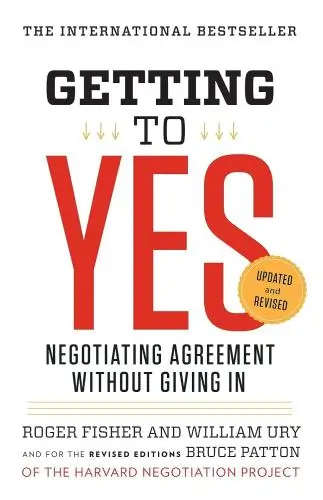
Getting to Yes
Roger Fisher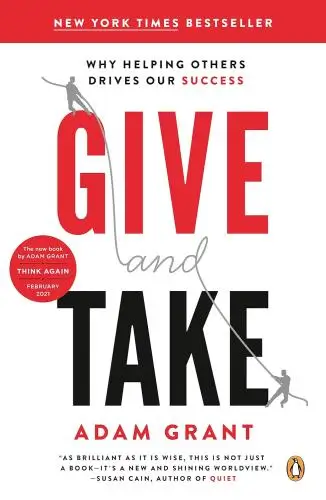
Give and Take
Adam Grant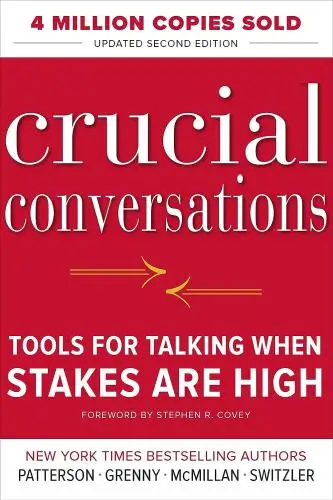
Crucial Conversations
Kerry Patterson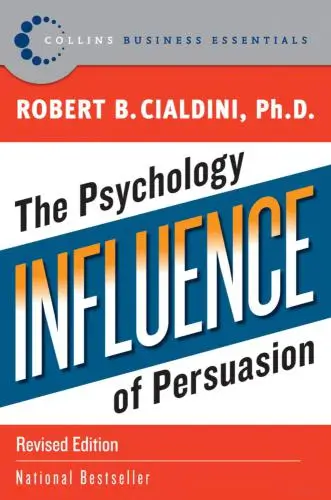
Influence
Robert B. Cialdini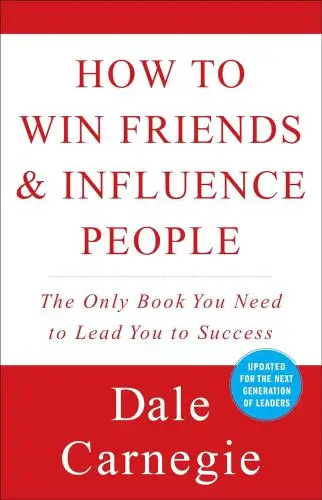
How to Win Friends & Influence People
Dale CarnegieTrending Summaries
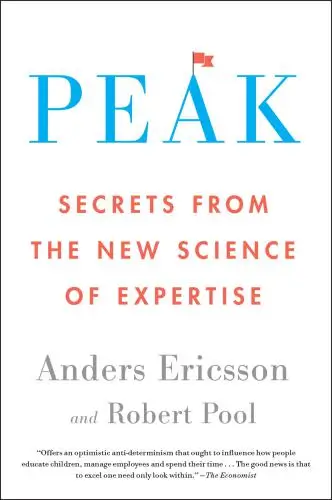
Peak
Anders Ericsson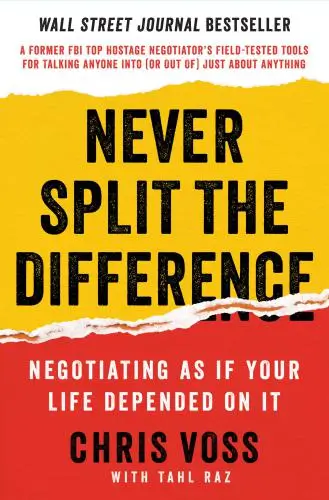
Never Split the Difference
Chris Voss
Smart Brevity
Jim VandeHei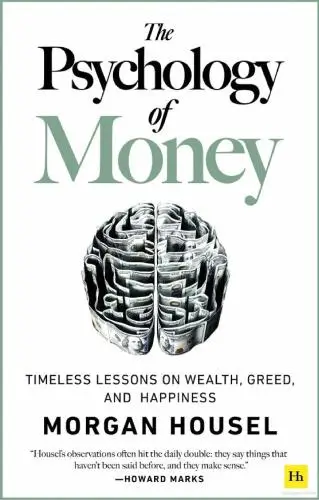
The Psychology of Money
Morgan Housel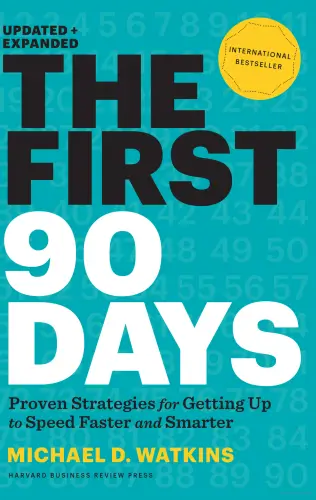
The First 90 Days
Michael D. Watkins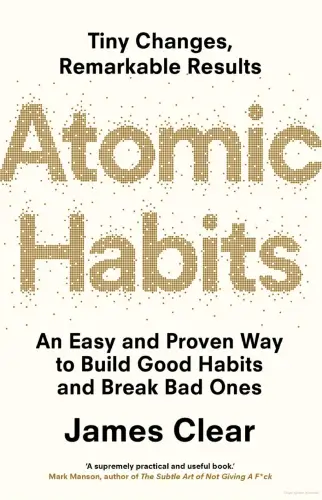
Atomic Habits
James Clear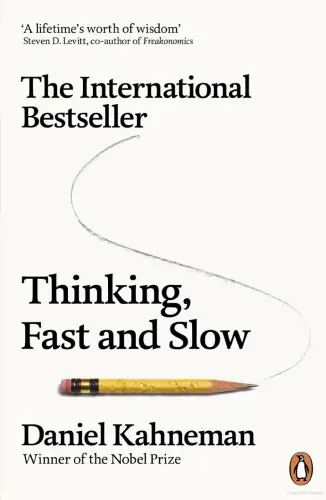
Thinking, Fast and Slow
Daniel Kahneman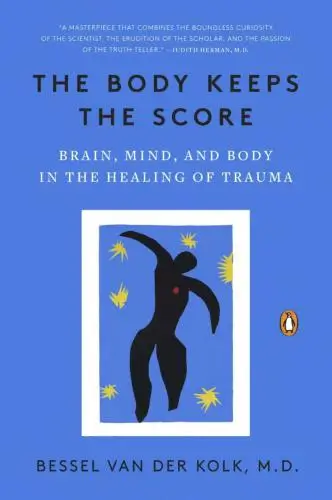
The Body Keeps the Score
Bessel van der Kolk M.D.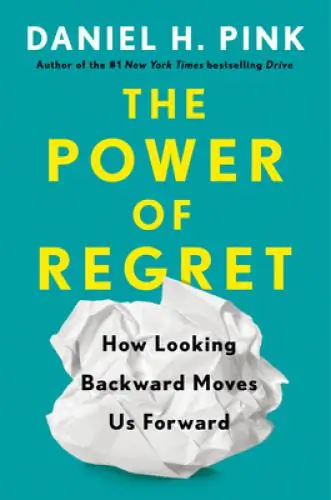
The Power of Regret
Daniel H. Pink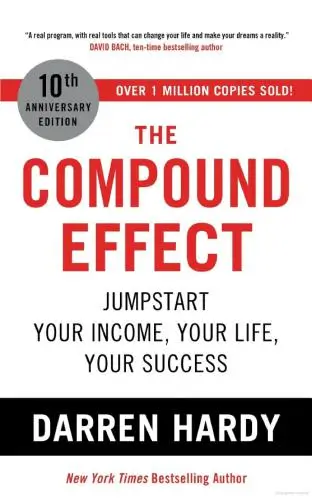
The Compound Effect
Darren HardyNew Books
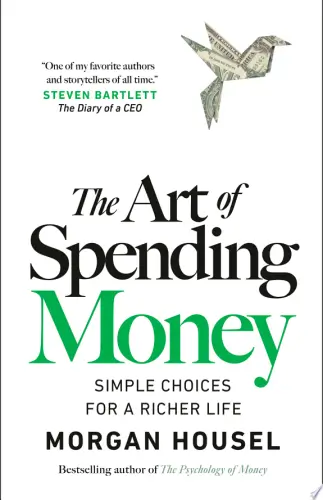
The Art of Spending Money
Morgan Housel
$100M Offers
Alex Hormozi
A Candle for Kiri
Edna Mae Holm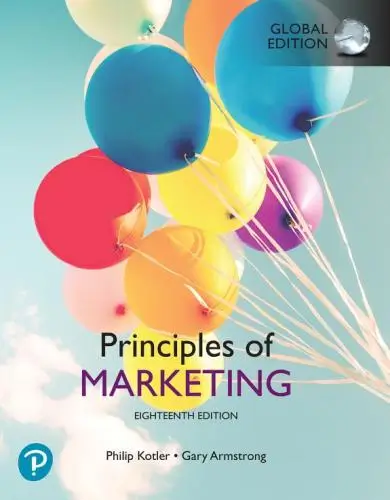
Principles of Marketing, Global Edition
Gary Armstrong
Serpent Rising: The Kundalini Compendium
Neven Paar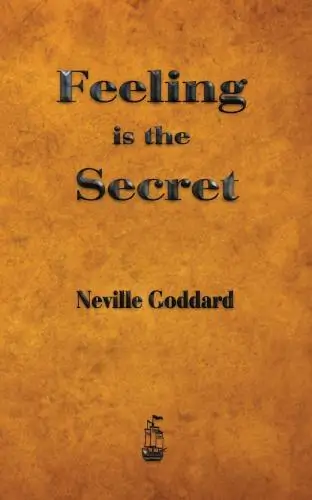
Feeling Is the Secret
Neville Goddard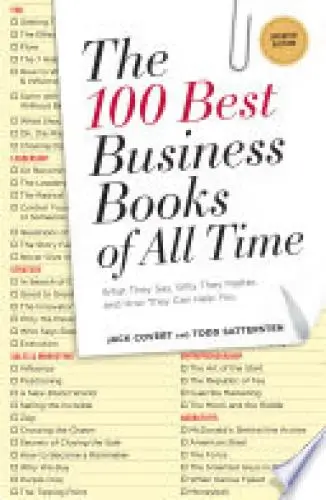
The 100 Best Business Books of All Time
Jack Covert
My Oxford Year
Julia Whelan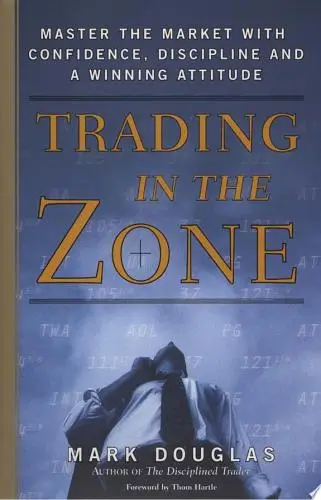
Trading in the Zone
Mark Douglas
